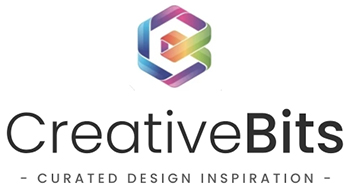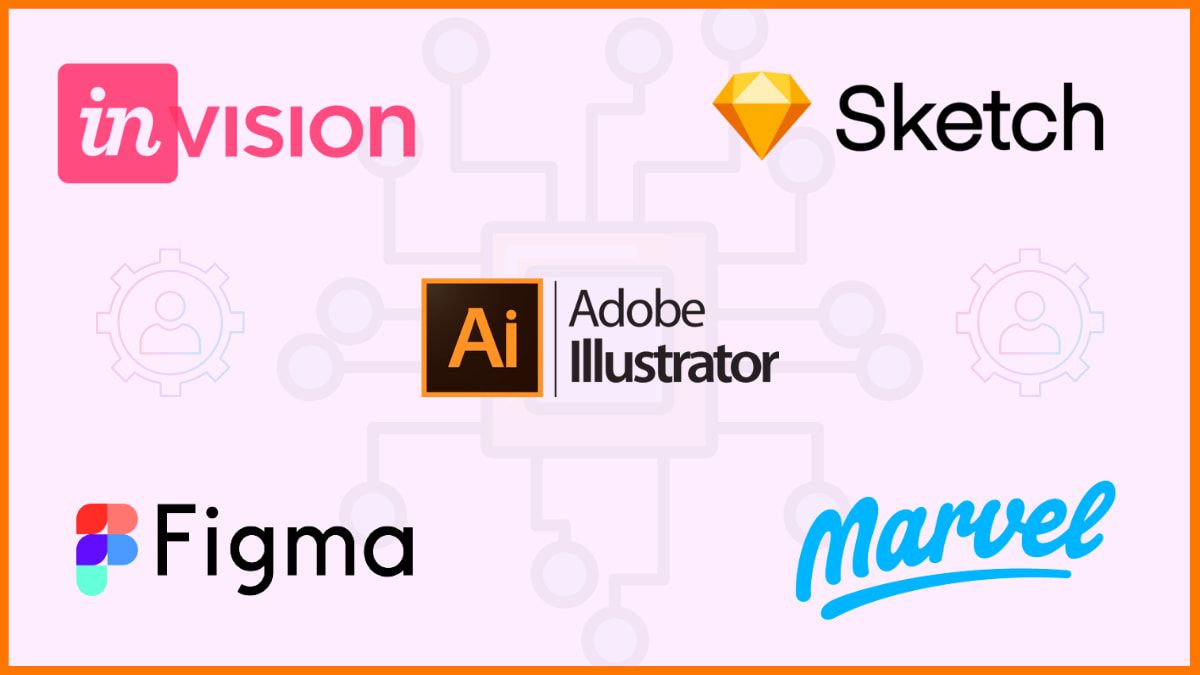In the digital realm, the user interface (UI) acts as the pivotal point where human-machine interactions occur. Selecting the right UI tools is more than a mere choice; it’s an essential step for designers to shape a product’s face, a face that’s inviting, functional, and memorable. As we delve into the crux of UI tools, it’s critical to understand their role: these tools are the chisels and hammers with which the digital sculptures of our time are carved, ensuring that users across the globe experience the digital world as something more than just a series of tasks, but rather as an enjoyable part of their everyday lives.
The Evolution of UI Design Tools
From the genesis of digital design, where tools were scarce and often clunky, to the present day, where a designer’s toolkit is as rich and complex as the canvases they create, UI design tools have made a quantum leap. In the past, designers were limited by the capabilities of their tools, but today’s landscape is a testament to how far technology has come. Modern tools don’t just offer the ability to draw or design; they are ecosystems supporting user experience (UX) theory, interactive design, user testing, and much more. The evolution is not just in capabilities but in accessibility, allowing designers to work from anywhere in the world, at any time, on any device.
Criteria for Selecting the Best UI Tools
The path to selecting standout UI tools is lined with a variety of benchmarks, each holding significant value.
Intuitiveness
First and foremost, the intuitive nature of a UI tool makes it a gem in the rough. A designer’s mind is a flurry of creativity and logic, and the ideal tool is one that translates this inner whirlwind into tangible designs with minimal friction.
Collaboration Features
In the tapestry of design, each thread, woven by different artisans, must come together seamlessly. Modern UI tools must, therefore, facilitate not just collaboration, but the harmonious blending of ideas and revisions.
Responsiveness
The digital canvas is no longer stationary. It moves, breathes, and has to adapt from the smallest of watches to the largest of screens. Responsiveness is a critical benchmark; a tool must ensure that the designs created are not just functional but also adaptive across an ever-growing spectrum of devices.
Integration Capabilities
A UI tool that can seamlessly mesh with other applications and services becomes a linchpin in the vast machinery of project development, making it an indispensable asset.
Top UI Design Tools of the Year
In the echelon of UI design tools, one tool has carved its niche not just as a top contender but as a leader: Icons8’s Lunacy.
Icons8’s Lunacy
Lunacy stands tall, leading the pack with its impressive offerings. As a native Windows app, it’s breaking the mold by offering full-fledged design capabilities that were once exclusive to macOS environments. It’s tailored to facilitate the design process with real-time collaboration, asset libraries inclusive of vector icons, photos, and illustrations, and the ability to operate offline. The interface of Lunacy is not just a UI tool; it’s a conduit for creative expression that caters to both seasoned designers and newcomers to the field.
Adobe XD
Next in line is Adobe XD, a force to be reckoned with, offering vector-based design, prototyping, and the ability to create comprehensive design systems that cater to complex project requirements.
Sketch
Sketch has long been a beacon for UI designers, praised for its simplicity and laser focus on UI/UX design. It fosters a rich ecosystem through an extensive library of plugins and a vibrant community that continuously contributes to its evolution.
Figma
Figma, with its browser-based agility, democratizes design by enabling real-time collaboration and offering comprehensive design features that have become the backbone of remote and distributed design teams.
InVision
InVision completes the quartet, not just as a tool but as a platform, heralding an era where design, prototyping, and collaboration tools combine to empower teams to manifest their ideas rapidly and iteratively.
Emerging UI Design Trends and Tools
The horizon of UI design is aglow with emerging trends like AI-powered design assistants, voice user interface tools, and augmented reality UI kits. These avant-garde trends are not just passing fads; they are the harbingers of a future where UI design will become an even more integral part of the human experience, with tools evolving in tandem to support these revolutionary ways of interaction.
Tips for Mastering UI Design Tools
To become a maestro of these tools, one must embrace the ethos of practice; regular use, exploration, and experimentation are key. Additionally, the wealth of online tutorials, resources, and design communities act as the compass that guides designers through the ever-expanding universe of UI design.
Balancing Function and Aesthetics in UI Tools
The art of leveraging UI tools lies in striking a delicate balance between function and aesthetics. It’s about crafting a design that’s as operational as it is beautiful, ensuring simplicity and user engagement go hand-in-hand without sacrificing the intuitiveness of the user interface.
Future of UI Tools
Looking into the future, UI tools are poised to become more intelligent, more collaborative, and even more integral to the design process. As artificial intelligence becomes more sophisticated, it will augment the design process, making tools not just helpers but partners in creation.
Conclusion
In conclusion, the pursuit of the perfect UI tools is akin to an artist seeking the perfect brush or a writer in search of the right words. Tools like Icons8’s Lunacy, Adobe XD, Sketch, Figma, and InVision are the instruments that allow designers to paint the digital future in bold strokes. As the field of UI design continues to evolve, so will these tools, becoming ever more powerful and intuitive in the hands of creative professionals.


Comments are closed.